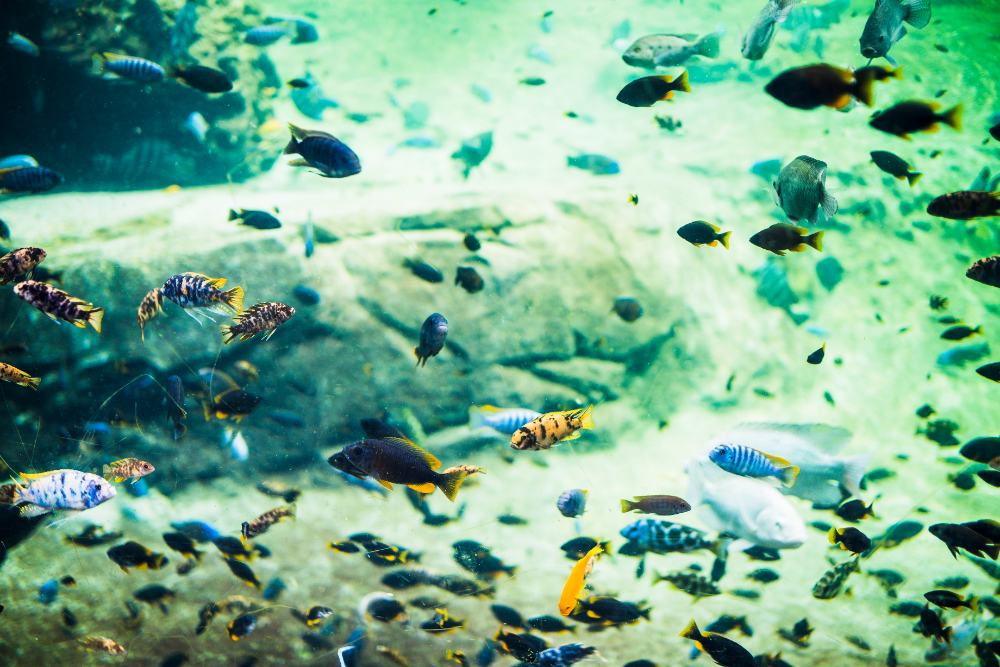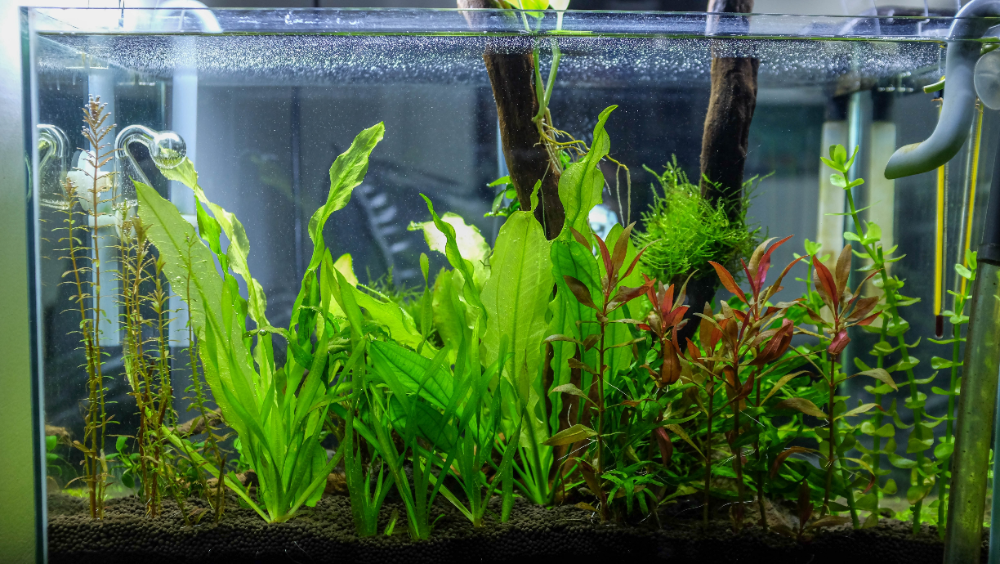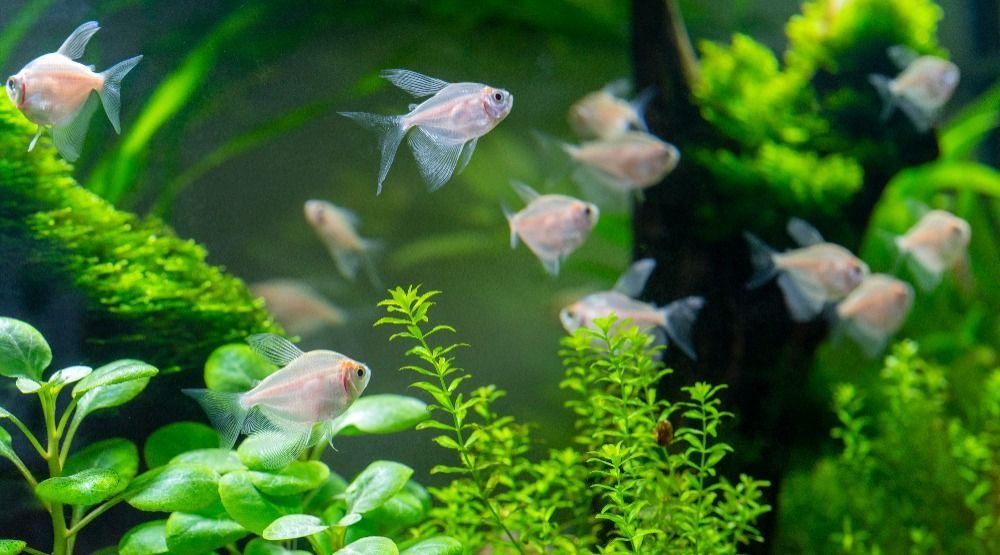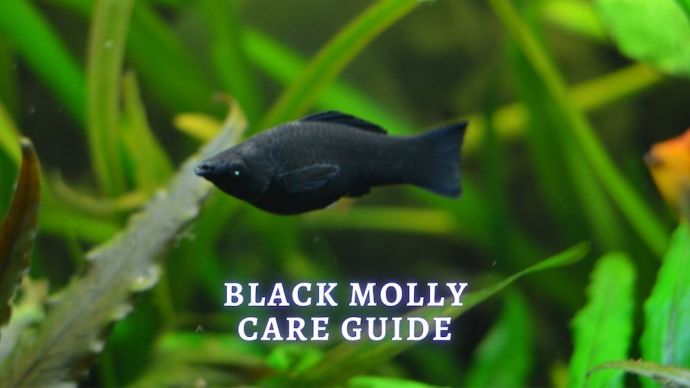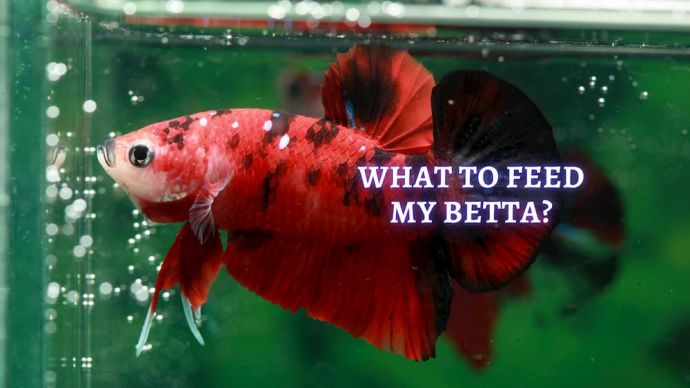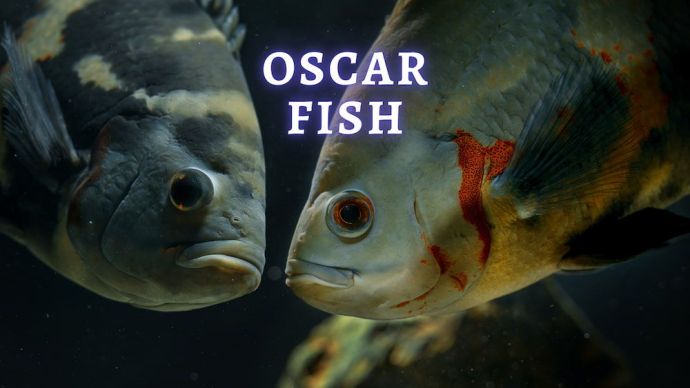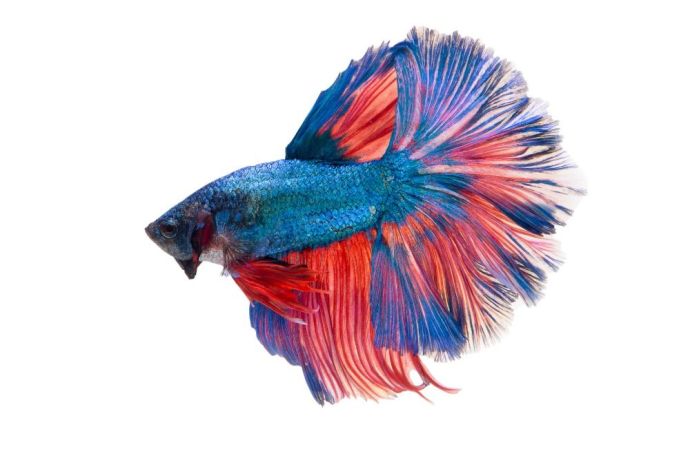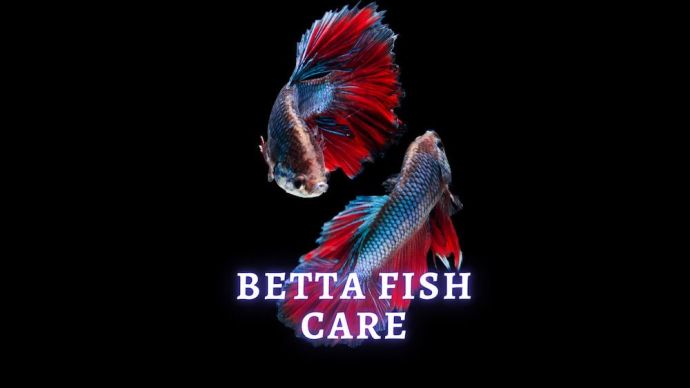The Smallest Aquarium Fish: The Best Fish for Small Aquarium
Written by:
Author: Alina Andreeva
Alina A. is a professional writer, editor, and pet-lover. She has published over 50 articles on how to care for pets properly. Alina has been writing articles for 3 years, so she has considerable experience in this niche. Her natural curiosity helps her to expand her knowledge and learn new pet care life hacks, which will make your life much easier.
View all 79 articlesLearn about our editorial process and veterinary review board.
Viewed: 421
Updated on: 07/21/2021
Are you eager to buy an aquarium but have very little space? Just because there isn’t much space, it doesn’t mean you have to abandon the dream.
A small aquarium also called a nano aquarium, is a transparent, most often glass tank with a water capacity of about 5 — 8 gallons (30.28 l). Such a tank is inexpensive, less complicated to clean, and quite easy to fit into an interior. The only awkward moment in organizing a home mini-aquarium is the selection of fish — not all species can live in limited space.
The complexity of choice lies in several points:
- Size of aquatic vertebrates (large species cannot live in small aquariums);
- Type of fish (predators need enough space for a comfortable life);
- Compatibility (many people want to have several species of fish, but not all aquatic inhabitants can coexist peacefully with each other).
READ MORE: How to Clean a Freshwater Fish Tank
What to consider when choosing fish?
To facilitate the process of selecting fish for a small aquarium, it is worth considering several basic rules:
- Do not buy too many aquatic pets (here it is better to follow the rule: one 2-inch fish should have 0.5 — 1.5 gallons (5.68 liters) of water);
- If caring for the water world is complicated, consider choosing less demanding species;
- The selection of aquarium fauna should be well-balanced. For example, if hyperactive and calm fish are brought together in one tank, the latter will experience severe stress, which will lead to a significant reduction in life expectancy
Keep in mind that purchasing fish is very responsible. If you are not sure that you can provide timely feeding and all the necessary care, it is better to postpone this idea. If you have already decided on a purchase, choose a future pet not only based on aesthetic indicators, but also on its features (for example, life expectancy, nutritional features, etc.).
What fish are the best for a Small Aquarium?
In the water world, as well as on land, there are a vast number of different types of living creatures, especially fish. Purchasing a small aquarium narrowing your choice of species of fish for it.
We’ve prepared a collection of the smallest aquarium fish. These species are considered the most common and most natural to care for.
1. Betta fish
These attractive creatures fascinate with their fan-shaped fins. Males are more magnificent, but females have a beautiful color. The number of experienced aquarists has bred a considerable amount of different shades of this fish, which also determines its popularity. A full-color spectrum will appeal to even the most demanding aesthetes.
This species is not demanding of the volume of water in the aquarium. The body length of an adult reaches only 2.3 inches (5.84 cm). The betta fish feels comfortable at 79 °F. They breathe atmospheric air, swallowing it from the surface. Be careful about the temperature in a room – it should not be too low.
Keep in mind that males of this species like to fight, separating them individually or as a family: one male and several females.
READ MORE: How often do you feed a Betta fish
2. Neons
This is a variety of schooling fish, so buy a few at the same time. The permissible temperature for a sufficient life ranges from 72 to 77 °F (non-compliance with this temperature reduces life expectancy). Neons are unpretentious and prefer soft water, as well as dense vegetation. Oddly enough, they are prone to obesity, so remember not to overfeed them. An adult fish can reach 1.5 inches (3.81 cm).
3. Danio rerio (zebrafish)
Zebrafish are recommended for beginners. This energetic species of fish is very unpretentious and lives mainly in a school. The temperature for them is relatively wide — between 60 — 86, ° F and a quarter gallon of water is enough for one fish. The color spectrum is not full, but there are several varieties you can still easily find. The body length of an adult zebrafish is about 1 — 2 inches (5.08 cm).
4. Guppy
It is believed that guppy is one of the most adaptable living species in a small home aquarium. Their diet includes almost anything edible. They are very prolific and reproduce by live birth. If you buy one female, in a month you can get about 20 baby fish. There are no temperature limits.
The color spectrum is wide enough to find the fish of your dreams. Males have slender bodies and magnificent tails. Females are larger and have a gray color (most often they are rather plain-looking, but you can also find attractive specimens). The male reaches 1.2 – 1.6 inches (4.06 cm) and the female 2.4.
5. Corydoras
Two-inch smaller versions of large catfish are a real pleasure for many aquarists. This species loves the company and has a temperature of 73 — 79 °F. It is more demanding on the volume of water (0.8 — 1.3 gallons (4.92 l) per one fish), but still suitable for small aquariums.
Studying the compatibility of Іpecies
You should select fish for a small aquarium depending on many factors. It is problematic for beginners to take all of them into account, so turn to professionals who will help determine which fish can be kept together and which neighborhoods you should avoid.
Important factors before inhabiting fish
- The ability to survive alone. Some species can live only in schools, so pay attention to this
- Water characteristics for species should be approximately the same
- The peaceful nature of the inhabitants
- The number of individuals depends on the surface area of the water. The larger the aquarium, the more fish you can get
- Breed compatibility. Sometimes, peace-loving fishes cannot tolerate each other’s neighborhood
It is important to remember that small aquariums are a danger zone for fish. Therefore, the choice of neighbors will ultimately determine the fate of your pets. If you add predatory fish to a small aquarium, they will eat their peace-loving neighbors. Gouramis are suitable for scales; other fish will not get along with them. You can buy one fish that will be the mistress of your tank or keep a whole school of miniature fish.
Consider the habitat of pets so that they do not interfere with each other. Fish are divided into those who:
- Swim near the bottom
- Swim in the middle
- Swim in the upper layer
With this graduation, you can distribute inhabitants throughout the aquarium. It will also significantly increase its aesthetics.
Most small fish are quite unpretentious, but you should think about how to take care of the pets during their adaptation to new conditions. First, replace the water to stabilize the number of bacteria (water control). Perform this procedure once every 3 days.
Final thoughts
It is also essential to choose the right location for a small “fish house.” Do not put it near a window, because the sun’s rays can provoke algae’s active reproduction, which will affect the color and smell of the water. This can also adversely affect the health of your pets.
The choice of an aquarium shape is an essential component of the living area organization. Experts do not recommend choosing a round bowl since this shape distorts objects: the fish will appear deformed to humans, and the pets will experience stress from changing reality.
Take into account the peculiarities of feeding: experts argue that it is better to underfeed fish than to overfeed, but it is also impossible to starve a living creature. For pets to feel as good as possible, their diet must be balanced and clearly defined. You should understand that a pet can live for 10 years or a couple of days — it all depends on you.
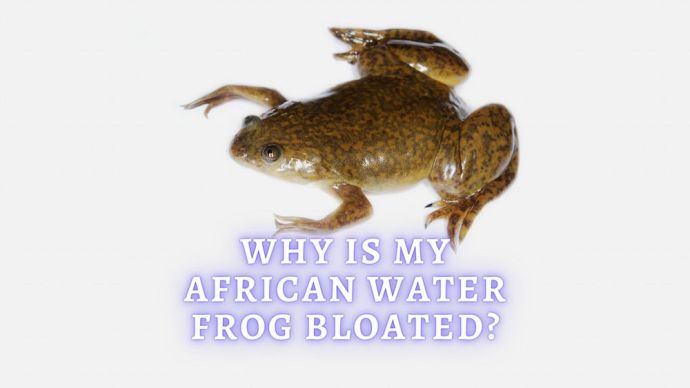 Freshwater Fish African Clawed Frog Bloat: Why Is My African Clawed Frog Bloated?
Freshwater Fish African Clawed Frog Bloat: Why Is My African Clawed Frog Bloated? - 91
- 0
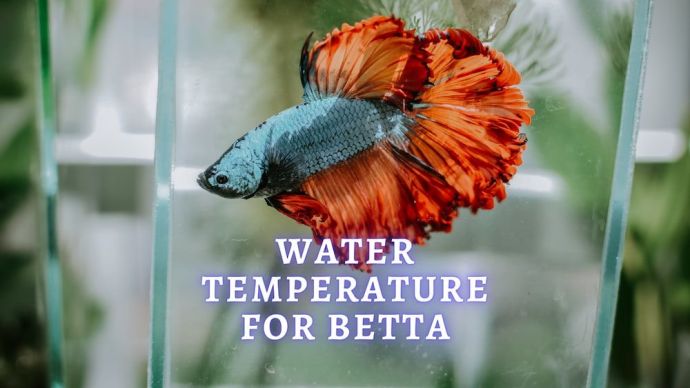 Freshwater Fish Betta Fish Temperatures: Guide To The Perfect Betta Fish Water Temperature
Freshwater Fish Betta Fish Temperatures: Guide To The Perfect Betta Fish Water Temperature - 253
- 0
 Freshwater Fish The Best Freshwater Aquarium Fish: TOP-15 Freshwater Fish for Fish Tanks
Freshwater Fish The Best Freshwater Aquarium Fish: TOP-15 Freshwater Fish for Fish Tanks - 232
- 0









